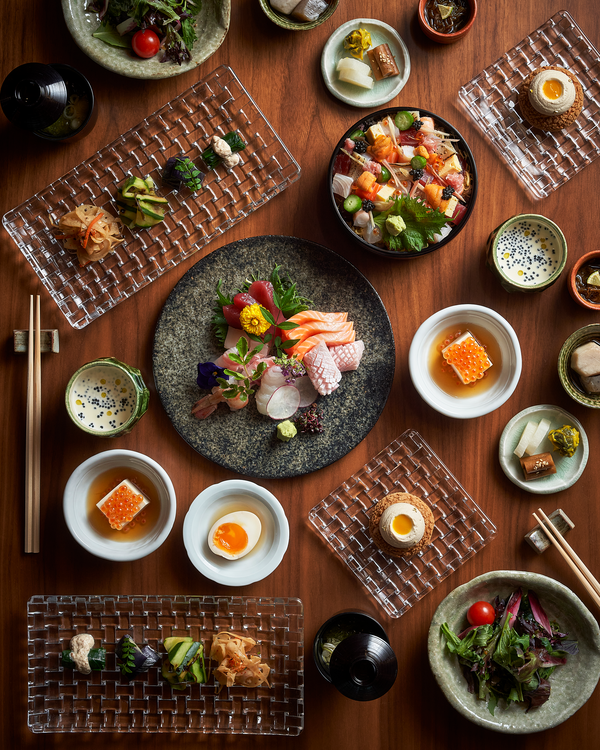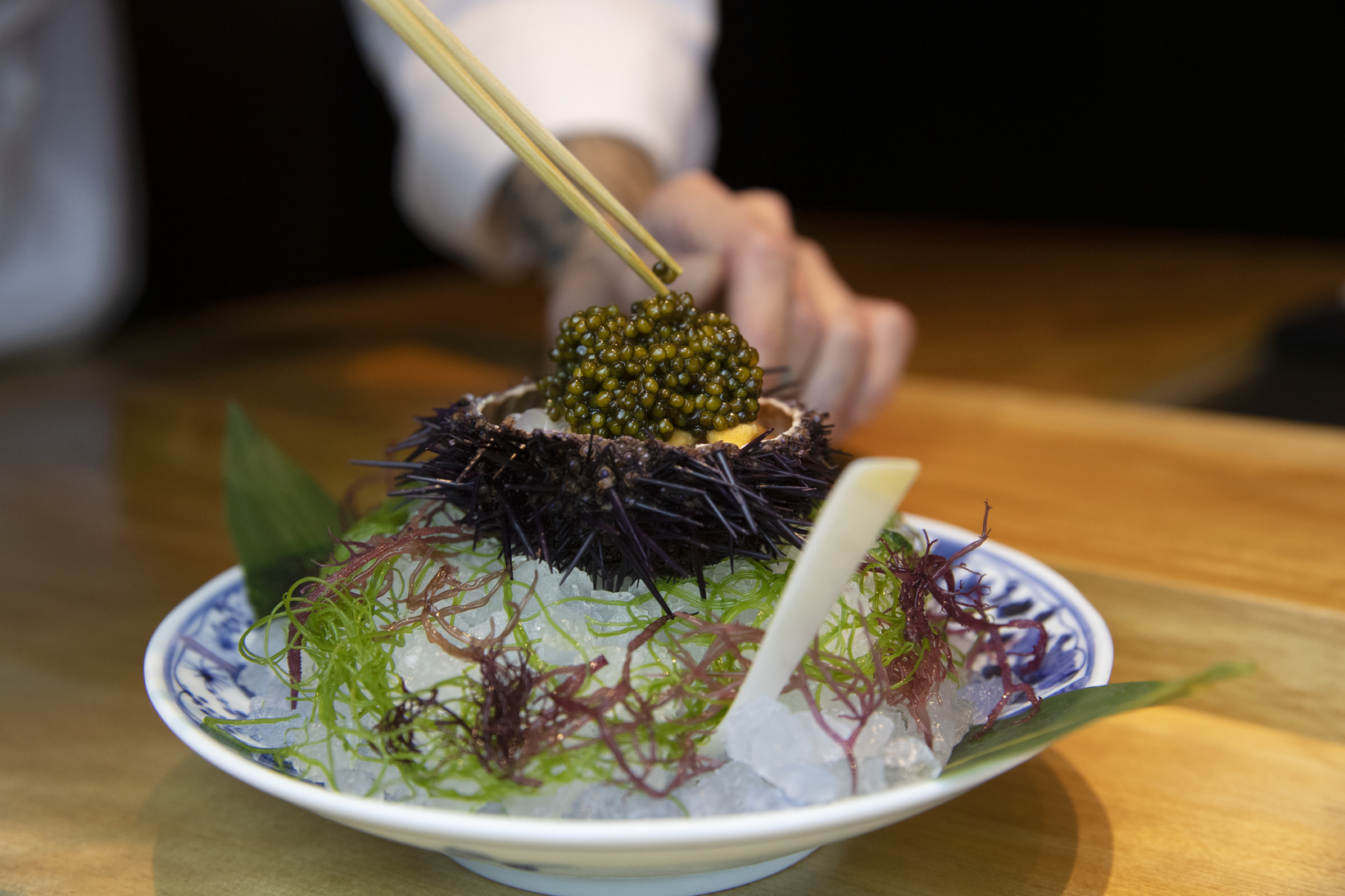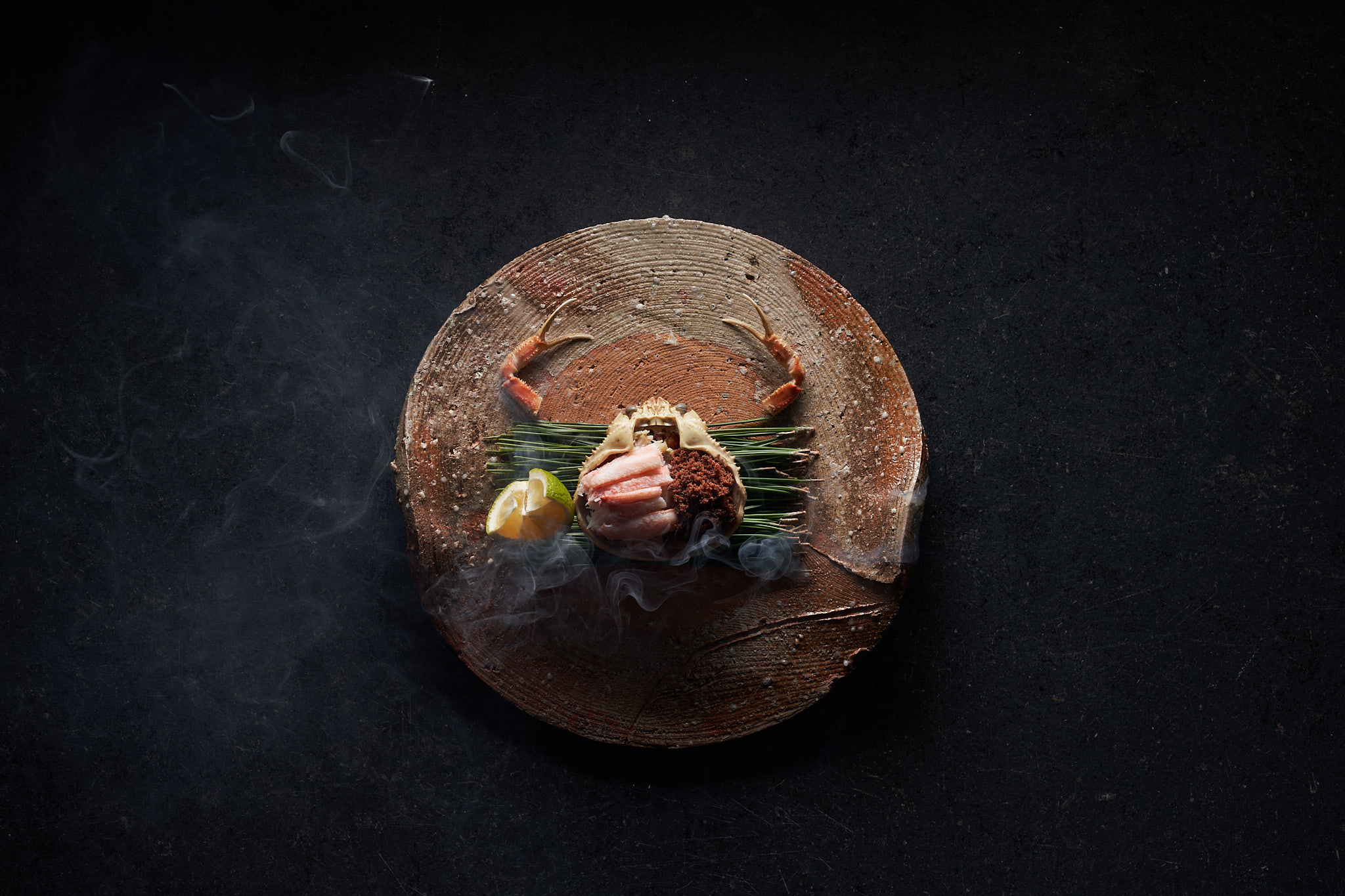Despite being one of the most prominent chefs in the culinary world, Tetsuya Wakuda has never chased fame, glamour, or the spotlight. His focus has always been on honest cooking, genuine relationships, and the quiet freedom of doing what he loves.
I’ve had the privilege of interviewing Chef Tetsuya (or “Tets,” as he’s fondly called) several times, and each time I’m struck by his humility and grace – traits not often associated with someone of his stature.
In our latest conversation at Wakuda Singapore, we spoke about his nearly 40-year journey in the industry, his legacy as Australia’s first Japanese fine-dining chef, and how he hopes to be remembered.
“I don’t really like the term fine dining,” he says with a smile. “I prefer smart casual. It’s not like before, with white tablecloths and jackets. Dining has evolved. It’s still special, but more relaxed and personal. At Wakuda and Waku Ghin, we create memorable experiences of the highest standard, giving guests what they truly want.”
(Related: Meet Sam Aisbett 2.0)

When asked about his cooking philosophy, he replies simply, “I don’t taste a trend. Japanese food is Japanese food, but it changes depending on where you are. My food in Sydney had a more Western slant; in Singapore, it’s naturally more Asian. What never changes is the quality of ingredients. If we don’t have the right product, we make something else.”
He pauses before adding, “You must adapt to different cultures without compromising your identity. Quality is everything because taste is subjective. I believe in sticking to your principles while being flexible enough to meet local tastes.”
Unbeknownst to many, Chef Tetsuya’s path to the kitchen was never planned. Born in Hamamatsu, Japan, he moved to Australia at 22, hoping to start a trading business. “I had limited English, but plenty of curiosity,” he recalls. “I never imagined being a chef.”
He began as a dishwasher, gradually moving up until he met the late Tony Bilson, whom he credits as his mentor and the reason he became a chef. “It wasn’t until I worked for Tony that I thought this could be my life. He was a great chef, always sharing his food and passion. That’s how I caught the cooking bug.”
(Related: In conversation with Chef Fernanda Guerrero of Araya)

Australia in the 1980s, he says, was on the brink of culinary change. “It was just opening up, beyond burgers and fish and chips. I was lucky to be there then. Look at Sydney’s dining scene now. It’s extraordinary.”
When asked what matters most – the dish, the restaurant, or the team – his answer comes without hesitation. “Always the team. It’s the people who make a place. I couldn’t have done anything without them.”
He beams as he speaks of longtime colleagues who’ve followed him from Sydney to Singapore. “Some of my team have been with me for decades. We’re like family. Even now, I wake up excited to go to work. We’re a well-oiled machine,” he reveals.
Outside the kitchen, Chef Tetsuya finds joy in simple pleasures: Exploring wet markets, meeting suppliers, or fishing on his boat, Belle, in Sentosa. He admits one weakness with a laugh: “If I see a piece of tableware I love, I must have it. I can’t sleep until I find the supplier. I have no patience when it comes to that.”
Did he ever expect his Confit of Petuna Ocean Trout to become one of the world’s most photographed dishes? “Never,” he says, amused. “I was only 27 when I opened Tetsuya’s in Sydney. The trout dish is very simple: A fillet on fennel salad, topped with konbu and chives, drizzled with parsley caper oil and caviar. It became special because of my friendship with a fish-farming family who supplied the trout. The ingredient felt personal.”
He’s tried removing it from the menu several times, he admits, “but guests still ask for it. It’s as popular now as it was then.”
When creating a dish, does he start with a memory, a technique, or an ingredient? “Always the ingredient,” he says without pause.
Over the decades, he’s built an extraordinary network of suppliers who know his exacting standards. “If a product doesn’t meet the specs, we reject it. Sustainability and long-term relationships with local farms, across Australia, Japan, and Europe, are central to what I do. Many of my suppliers are now second- or third-generation families. That means a lot to me.”
The next morning, he tells me, he’s flying to Tokyo to meet some of them.

"Sustainability and long-term relationships with local farms, across Australia, Japan, and Europe, are central to what I do. Many of my suppliers are now second- or third-generation families. That means a lot to me."
What does he hope diners take away from their experience? “I hope they remember a dish that stood out, but more importantly, I want them to feel like they came home and received more than they expected, even if it wasn’t on the menu. Good food should always come with warmth and impeccable service.”
Finally, what wisdom does he share with young chefs? “I can teach you skills, but not passion. You must bring that yourself. And never give up. Find what you love, be open to learning, and keep doing it. There will be bad days, but you deal with them. Things change, people move on, but it’s rewarding to see them grow. They’re family.”
Chef Tetsuya’s eyes light up as he says this, and it’s clear. Behind the global acclaim lies a man who has never lost his curiosity, his kindness, or his joy for the simple act of cooking.















 Back
Back
